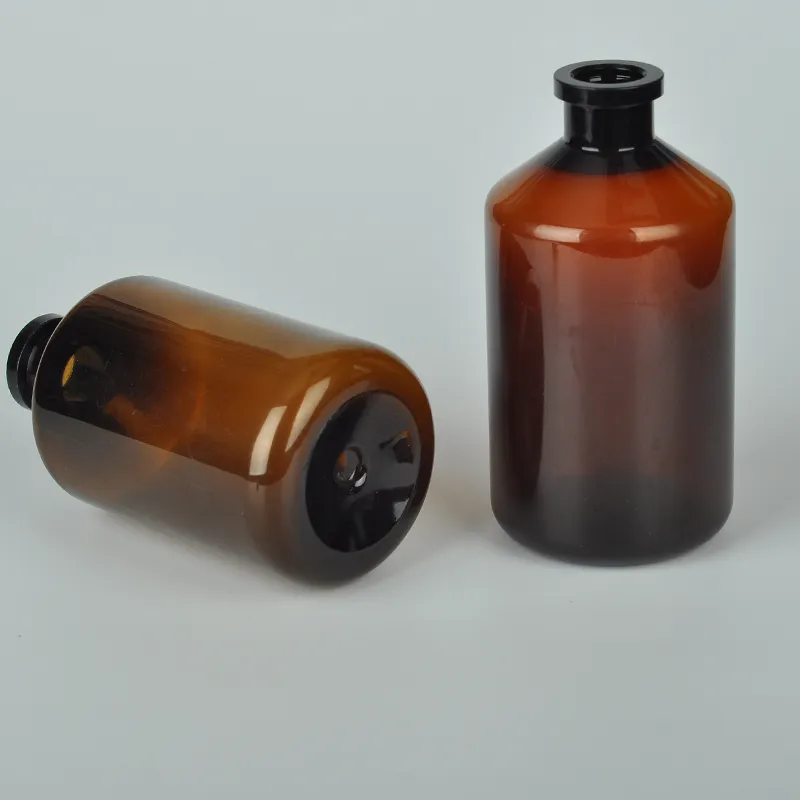types of medicine bottles
Exploring Types of Medicine Bottles A Guide to Pharmaceutical Packaging
In the realm of pharmaceuticals, the importance of packaging cannot be overstated. Medicine bottles play a crucial role in protecting medications, ensuring their integrity, and providing essential information to patients and healthcare professionals. This article will explore various types of medicine bottles, their designs, materials, and functionalities.
1. Plastic Bottles
Plastic bottles are among the most commonly used containers for liquid medications. Made from materials such as polyethylene or polypropylene, these bottles are lightweight, shatter-resistant, and less expensive than glass alternatives. Plastic bottles can come with child-resistant caps to enhance safety for households with young children. They are often used for cough syrups, liquid antibiotics, and various over-the-counter medications. The transparency of certain plastics also allows users to easily see the contents.
2. Glass Bottles
Glass bottles have long been a staple in the pharmaceutical industry, particularly for medications that require a more controlled environment. They are impermeable to gases and vapors, ensuring that the medication remains stable over time. Glass bottles are typically used for injectable drugs, essential oils, and other sensitive formulations. The use of amber-colored glass is common for sensitive medications that require protection from light. Although heavier and more fragile than plastic, glass remains a preferred choice for many pharmaceutical companies due to its inert nature and recyclability.
3. Syringe and Vial Combinations
In the case of injectable medications, syringes and vials are often used together. Vials are typically made of glass and can hold a liquid or a powder that is reconstituted before injection. The syringe provides a sterile method for administering the medication. These combinations are essential in producing biologic drugs, vaccines, and other pharmaceuticals that must maintain strict sterility and dosages. The design of vials often includes a rubber stopper that enables the syringe to draw out the medication without exposing it to contamination.
types of medicine bottles

4. Blister Packs
While not traditional bottles, blister packs are an innovative packaging solution for oral medications. Each blister compartment contains a single dose of medication, which is sealed under a plastic or aluminum cover. This type of packaging offers excellent protection against moisture, light, and air, thus preserving the medication’s efficacy. Blister packs are particularly popular for tablets and capsules, providing convenience and ensuring patients can clearly see their medication schedule.
5. Droppers and Eye Drop Bottles
For liquid medications intended for the eyes or ears, specific dropper bottles are utilized. These bottles often come with a built-in dropper for precise dosing. They are typically made of either plastic or glass and feature a carefully designed tip to control the flow of the liquid. Many eye drop bottles are engineered to minimize contamination and preserve sterility, often including features like tamper-evident seals.
6. Child-Resistant and Senior-Friendly Designs
Safety is paramount in pharmaceutical packaging. Many medicine bottles are designed with child-resistant features, such as caps that require a push-and-turn motion to open. Conversely, recognizing that many seniors may struggle with such mechanisms, there are also senior-friendly designs that balance ease of use with safety. This thoughtful consideration helps ensure that both children and elderly patients can manage their medications effectively.
Conclusion
Medicine bottles play a pivotal role in the safe and effective delivery of pharmaceuticals. With diverse materials, innovative designs, and an array of functionalities, they contribute significantly to medication management. As the pharmaceutical industry continues to evolve, so too will the packaging solutions that ensure patient safety and medication integrity. Understanding the various types of medicine bottles not only benefits healthcare professionals but also empowers patients to handle their medications wisely.
-
Aesthetic Makeup Spray Bottles | Fine Mist Empty RefillableNewsAug.19,2025
-
White Plastic Veterinary Vaccine Vials | Lab Liquid BottlesNewsAug.18,2025
-
Plastic Medicine Liquid Bottle: Secure Flip Top Drug VialsNewsAug.17,2025
-
Durable 250ml Blue Plastic Vaccine Vial for Lab & Vet UseNewsAug.16,2025
-
Sterile Virus Sample Tubes: Secure & Reliable Specimen CollectionNewsAug.15,2025
-
White 250ml Plastic Vaccine Vial for Lab & Vet MedicineNewsAug.14,2025
























